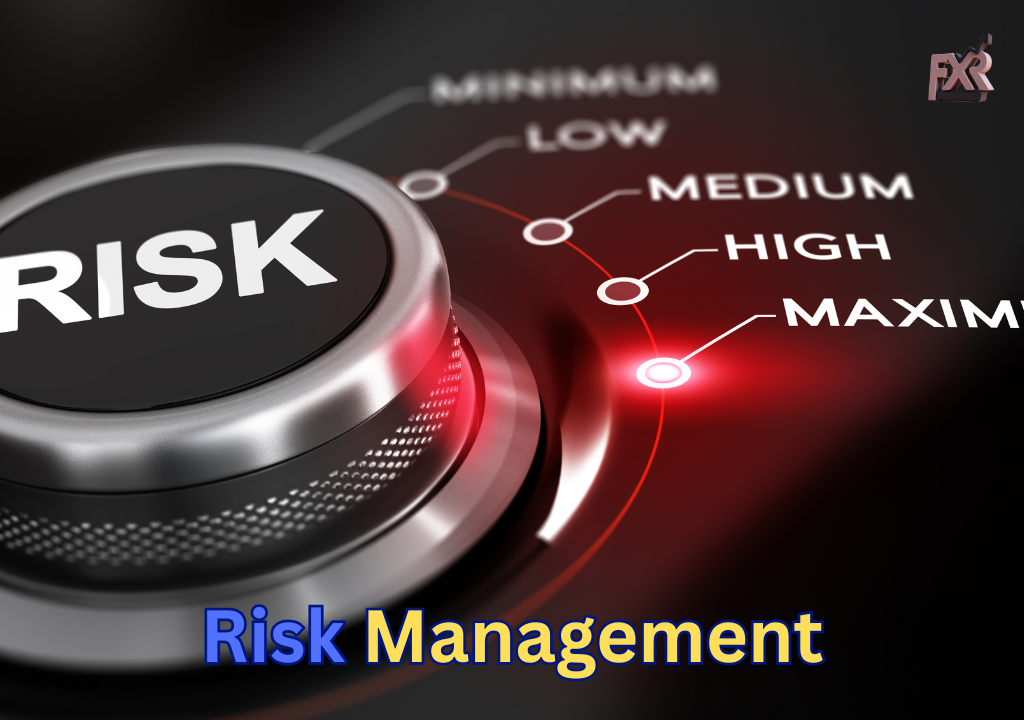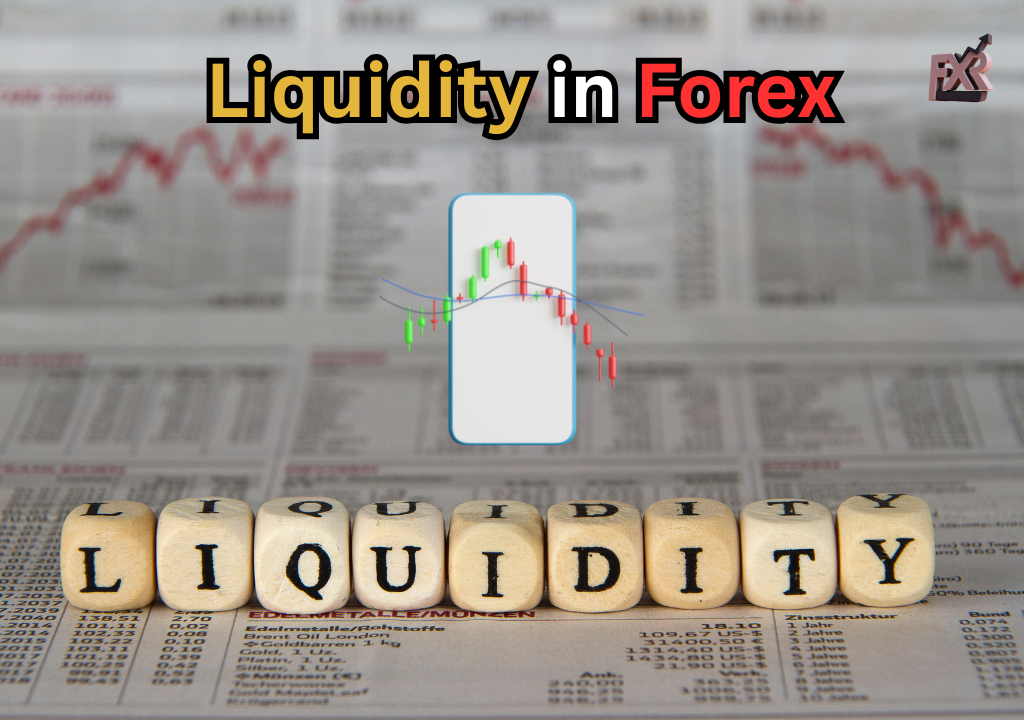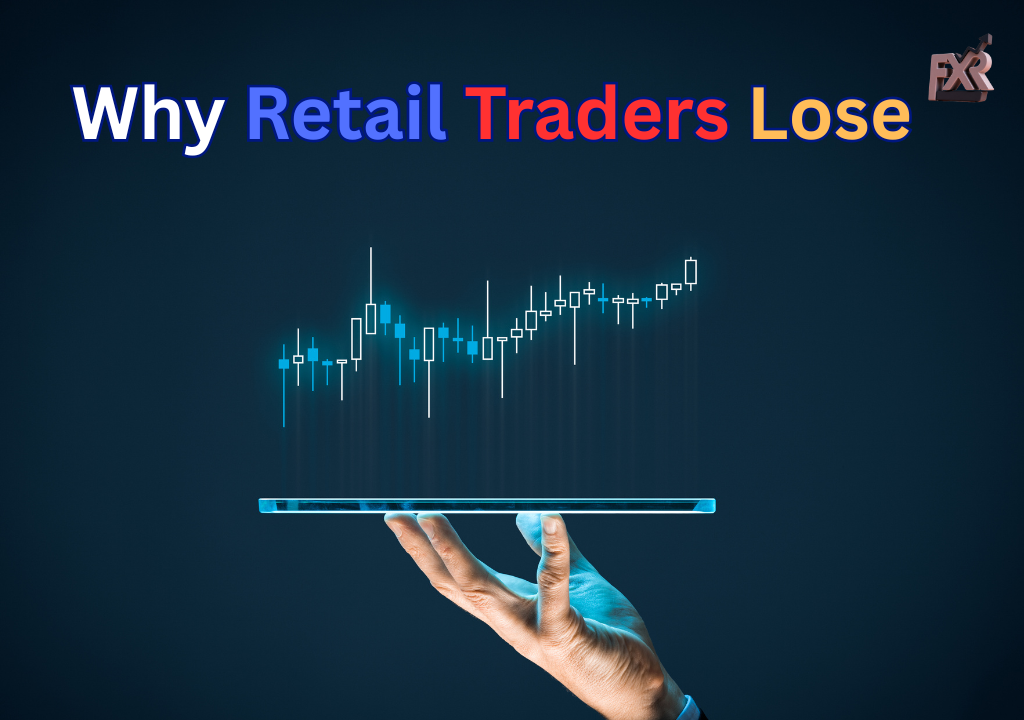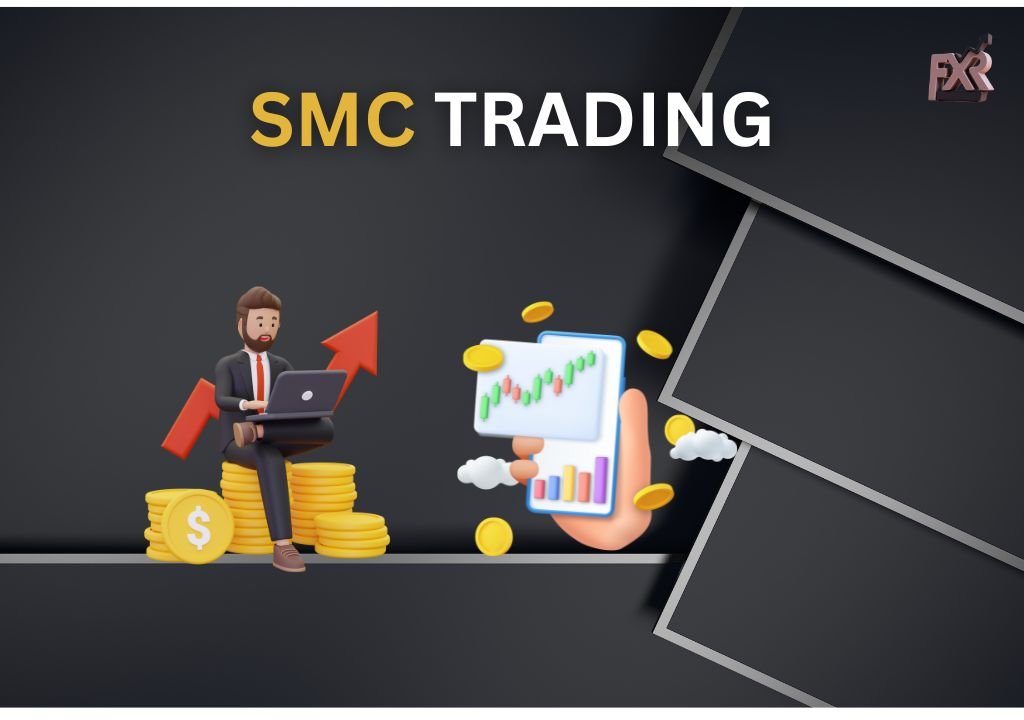Blog
🧠 Price Action vs Indicators: What Actually Works in 2025? 📊⚔️
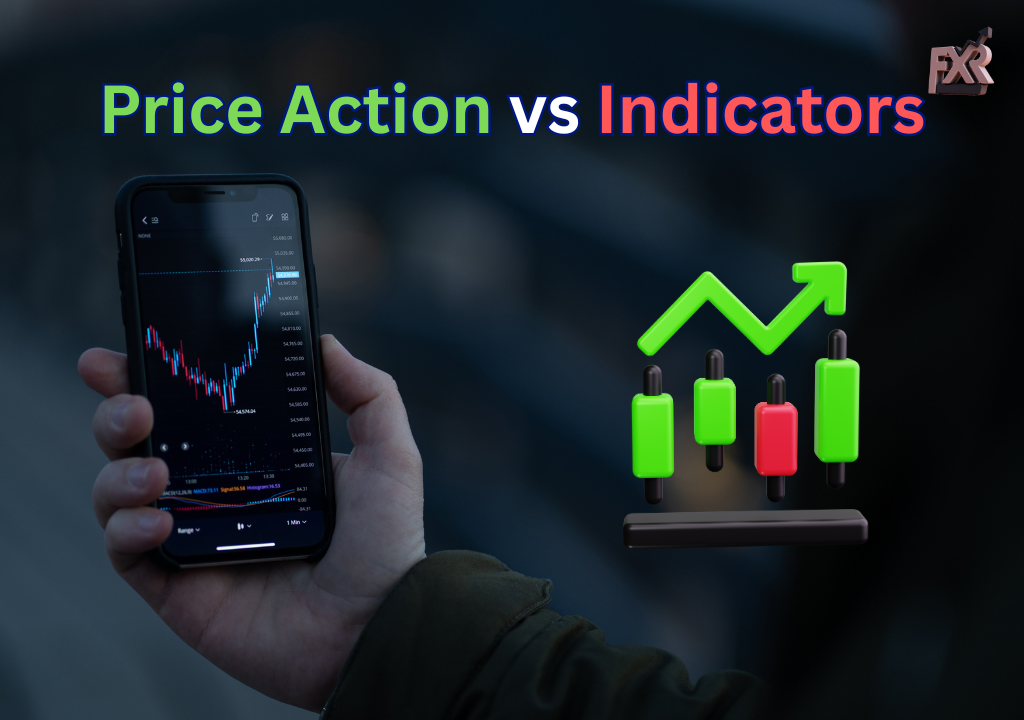
In the world of trading, there’s one debate that never dies:
👉 Should you trade using Price Action or Indicators?
If you're a beginner, you’ve probably heard both sides —
some say "indicators are garbage," while others rely on fancy tools like RSI, MACD, or Bollinger Bands.
So… what's the real deal in 2025? What actually works — and what’s just noise? Let’s dive deep 🔍 and break it all down in this brutally honest post.
🧩 What is Price Action? (And Why It’s Powerful)
📉 Price Action = Reading raw price movements directly from the chart.
No indicators. No signals.
Just candlestick patterns, market structure, liquidity zones, and price behavior.
It’s the method most institutional traders and prop firms use — because it focuses on what price is actually doing, not what lagging indicators are showing.
✅ Benefits of Price Action:
Clean charts, no clutter 🧼
Real-time decision-making 🔄
Helps you understand why the market is moving
Works across all timeframes and assets ⏰
🛠️ What Are Indicators? (And Why They're Overused)
Indicators are tools based on mathematical formulas applied to price.
Popular ones include:
RSI (Relative Strength Index)
MACD (Moving Average Convergence Divergence)
Bollinger Bands
Moving Averages
They’re great for visualizing trends or momentum, but here’s the catch —
🚨 Indicators are lagging. They react after the move has happened.
So if you're depending only on indicators, you’re always one step behind the market. 😬
✅ When Indicators Can Help:
For beginners to spot trends 📈
To confirm entries in combo with price action
In specific strategies like crossover systems
⚠️ The Problem with Relying Only on Indicators
Many retail traders use indicators as a crutch.
They stack 5-6 tools on one chart hoping for some magic signal to appear. 🪄📉
The result?
❌ Confusion
❌ Late entries
❌ Missed opportunities
❌ Poor risk-reward trades
👉 Remember: Indicators are based on past data.
They’re tools — not strategies.
⚔️ Price Action vs Indicators – What Actually Works in 2025?
Let’s break it down:
| Feature | Price Action 💹 | Indicators 📊 |
|---|---|---|
| Accuracy | ✅ High (if mastered) | ⚠️ Moderate |
| Real-time Response | ✅ Yes | ❌ Lagging |
| Learning Curve | ⚠️ Steep | ✅ Easier for beginners |
| Chart Clarity | ✅ Clean & focused | ❌ Often cluttered |
| Control & Understanding | ✅ Full market insight | ❌ Limited info |
💡 Verdict:
📢 Price Action is the king, especially when paired with smart money concepts (SMC).
Indicators? They’re tools — useful only if you know how and when to use them.
🔥 How We Use It at FXR
At FXR, we teach a hybrid approach:
✅ We focus primarily on Price Action + SMC concepts
🔍 And occasionally use 1-2 simple indicators (like EMAs or session tools) to support high-probability setups
We don’t depend on indicators —
We understand the market first. 🧠
🧠 How YOU Can Start Using Price Action Like a Pro
Learn market structure (break of structure, CHoCH, etc.) 🧱
Master candlestick patterns – not basic ones, but how they work in context
Understand liquidity – where stop losses are hiding
Identify supply and demand zones
Backtest 50+ setups before going live
💥 Combine this with a solid risk management plan… and you're on the path to consistency.
🚀 Want to Learn Price Action & SMC from Scratch?
If you're tired of jumping between indicators and want to learn what actually works in today’s market,
👉 Join our mentorship program today.
We’ll teach you step-by-step:
Price Action
Smart Money Concepts
High RR Entry Models
Risk Management
Psychology and Journaling
🎯 Turn confusion into clarity — and become a profitable trader in 2025.
📌 Final Thought
Indicators may look cool, but understanding price is your real superpower.
In 2025 and beyond, traders who know how to read price will always be one step ahead. 🧠🔥
Ready to be that trader?
Related Posts
💰 How to Manage Risk Like a Pro Trader (Even as a Beginner)
-
Posted by
fxrofficialtrader@gmail.com
- 0 comments
When it’s about controlling hundreds of articles, product pages for web shops, or user profiles in social networks, all
💧 Liquidity in Forex: The Hidden Trap You Must Understand 💣
-
Posted by
fxrofficialtrader@gmail.com
- 0 comments
📉 Why Most Retail Traders Lose – and How You Can Win 💪💡
-
Posted by
fxrofficialtrader@gmail.com
- 0 comments
💡 What is SMC in Trading
-
Posted by
fxrofficialtrader@gmail.com
- 0 comments
🚀 Top 5 SMC Entry Setups That Give High Risk-Reward Trades 💰🔥
-
Posted by
fxrofficialtrader@gmail.com
- 0 comments


